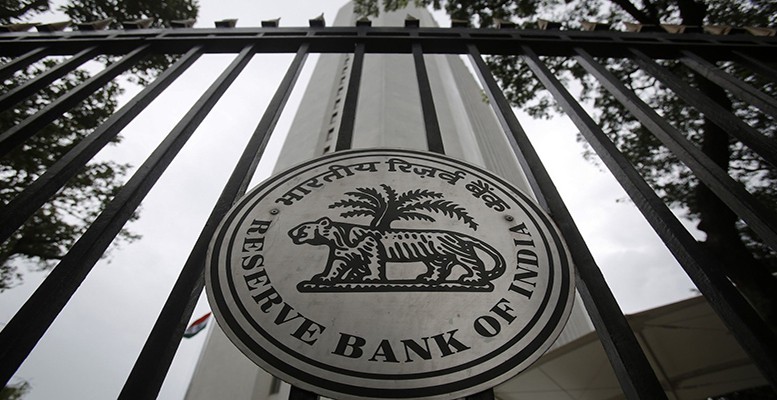Trinh Nguyen (Emerging Asia, Natixis) | Once known for its fragility, India stands tall as not only for its best economic growth in Asia in H1 2023 but also robust asset performance year-to-date, from equity to fixed income. The resilience of its economy and financial markets, amidst the global sell-off from markets’ indigestion of the Fed’s “higher-for-longer” reflects not just India’s economic fundamentals and external balance resilience but also investors’ appetite for its assets. Equity inflows into India rose in 2023 despite already high valuations, the Adani scandal and EM risk aversion. According to the RBI, up to 12 September, net portfolio inflows stood at USD21.7bn in 2023. With India’s inclusion in the JP Morgan GBI EM Index in September, India is expected to attract USD20-22bn for bonds.
Thanks to the surge of portfolio inflows and manageable current account deficit, India’s external balance has improved, and growth outlook has become more resilient to shocks, from elevated interest rates, heightened geopolitical tensions, to weakened global demand and FDI inflows. That said, higher USD rates, a return to work versus remote work, and a banking crisis have reduced appetite for FDI in ICT and services in India in 2023, from rapid growth in previous years. Even with aggregate FDI decelerating, and global investors’ aversion for EM and risk assets, which typically makes twin deficit countries vulnerable, India’s portfolio flows increased enough to help INR become the best in Asia year-to-date (excluding HKD). Thanks to this, capex and robust consumption boosted growth to 6.9% year-on-year in H1 2023, making it the best performing economy in Asia.
Thus, far from fragile, India is emerging as one of the winners of investment diversification and is making gradual progress towards plugging its funding gap, especially on portfolio flows. In FDI, India has a lot of work to do to beef up inflows. While manufacturing and energy FDI are still expanding, aggregate flows have declined, in contrast to higher growth in countries such as Vietnam and Indonesia. While the increase of bond inflows will help ease liquidity constraints in the country, India needs more investment to bridge its employment and infrastructure gap, especially by the private sector as most of the lifting is done by the public sector so far. Most of the pickup of private investment is in sectors such as infrastructure and energy, the dearth of private capex is still prevalent. Thus, while hurdles to portfolio inflows are reduced to enable more stable bond flows to JPM index inclusion, a lot of work is needed to lower barriers to FDI inflows, from red tape to infrastructure.





